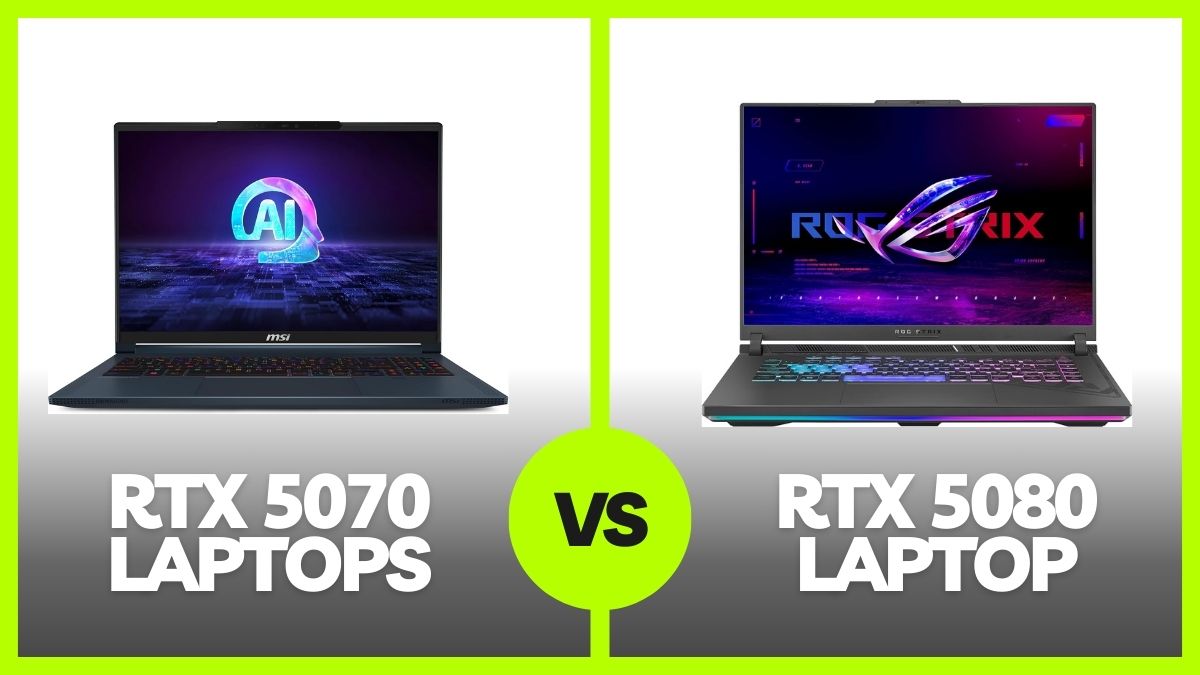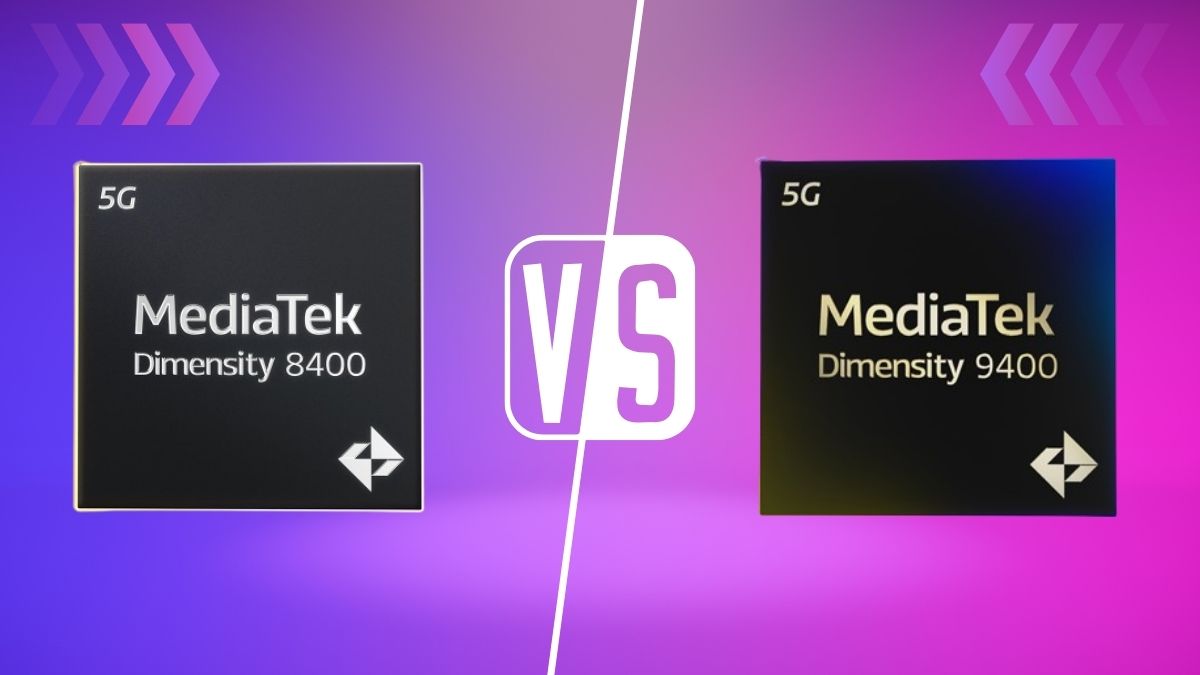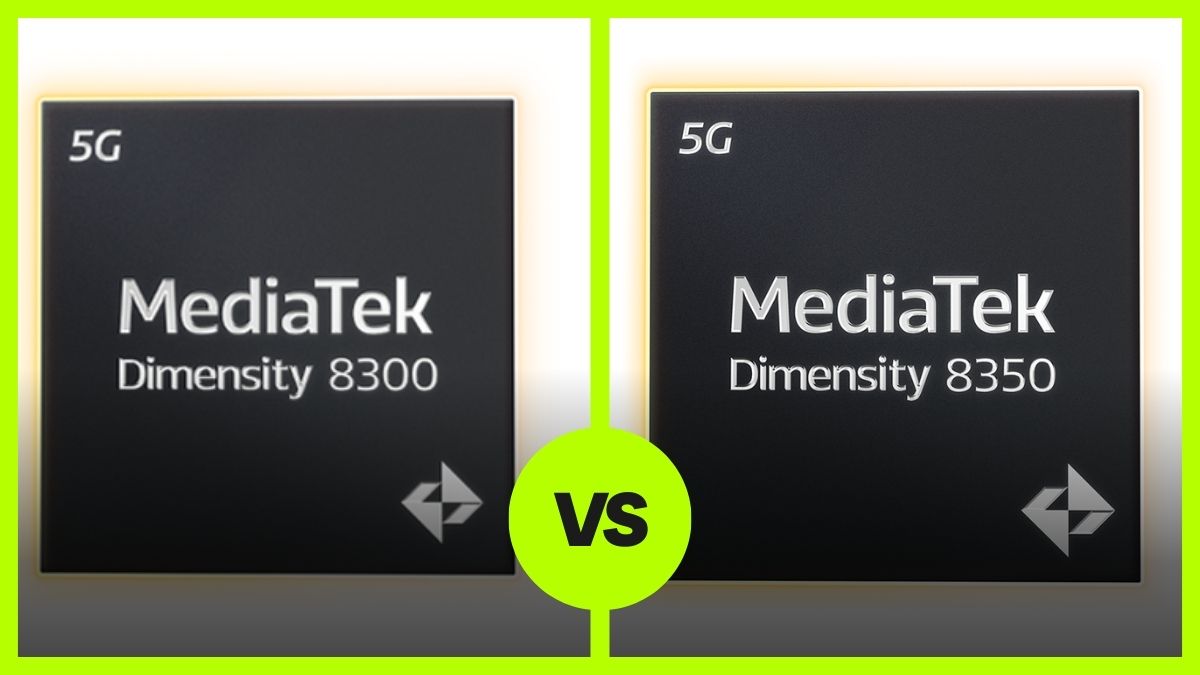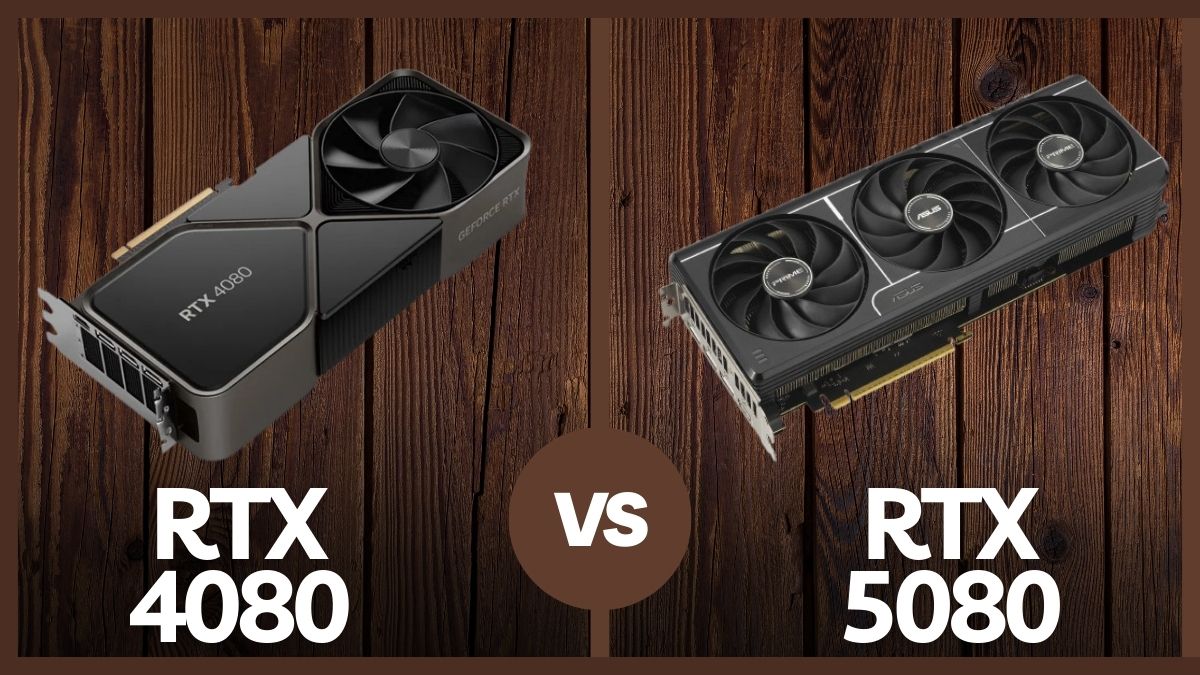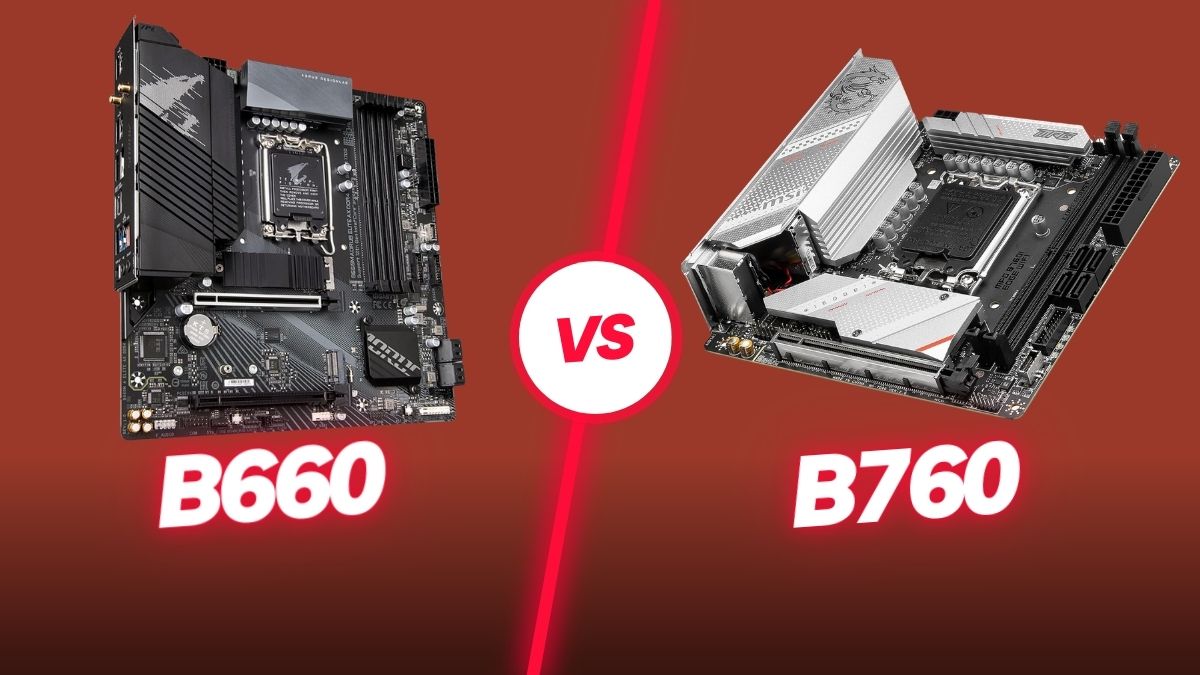
Computer hardware is continually evolving, with chipsets at the forefront of innovation. Among these, the B660 and B760 chipsets from Intel have garnered significant attention due to their remarkable features and capabilities, particularly for compact and energy-efficient systems. While both chipsets share the common trait of a 6W Thermal Design Power (TDP), signifying their commitment to energy efficiency and thermal management, their paths diverge from this common starting point.
The B660 chipset stands as a testament to stability and reliability. It’s a chipset designed to provide a solid foundation for a wide range of computing needs, from everyday productivity to media consumption, offering a dependable and consistent experience. On the other hand, the B760 chipset beckons to those who crave power and performance. In this article, we will compare Intel B660 vs. B760 side by side. By the end of this analysis, you will have gained comprehensive insights into which chipset aligns with your unique computing needs and preferences.
Intel B660 vs B760 Detailed Comparison
| Feature | Intel B660 | Intel B760 |
|---|---|---|
| TDP | 6W | 6W |
| CPU Overclocking | Yes | Yes |
| CPU PCI Express 5.0 Lanes | 1×16 | 1×16 |
| Chipset PCI Express 4.0 Lanes | 6 | 10 |
| Chipset PCI Express 3.0 Lanes | 8 | 4 |
| Integrated Wireless | Intel Wi-Fi 6E | Intel Wi-Fi 6E |
| USB 3.2 Gen 2×2 Ports | 2 (20Gbps) | 2 (20Gbps) |
| USB 3.2 Gen 2×1 Ports | 4 (10Gbps) | 4 (10Gbps) |
| USB 3.2 Gen 1×1 Ports | 6 (5Gbps) | 6 (5Gbps) |
| Total USB Ports | 12 | 12 |
| RAID Support | SATA | SATA |
| Max SATA 6.0GB/s Ports | 4 | 4 |
| DMI 4.0 Lanes | 4 | 4 |
| DIMMs per Channel | 2 | 2 |
| Supported Displays | 4 | 4 |
| Compatible CPU | 12th GEN i5/i7/i9, 13th GEN i5/i7/i9 (with BIOS update) | 13th GEN, 12th GEN i5/i7/i9 |
B660 vs B760 Performance
The B660 and B760 chipsets are both designed to support Intel processors, with the former accommodating 12th and 13th Gen CPUs (with a BIOS update) and the latter specifically tailored for 13th Gen CPUs. In terms of raw performance, these chipsets are quite similar, given that their TDP (Thermal Design Power) ratings are identical at 6W.
Both chipsets offer 1×16 lanes for the CPU’s PCI Express interface, ensuring a robust connection to the processor. They also provide integrated wireless capabilities with Intel Wi-Fi 6E support, ensuring fast and reliable wireless connectivity.
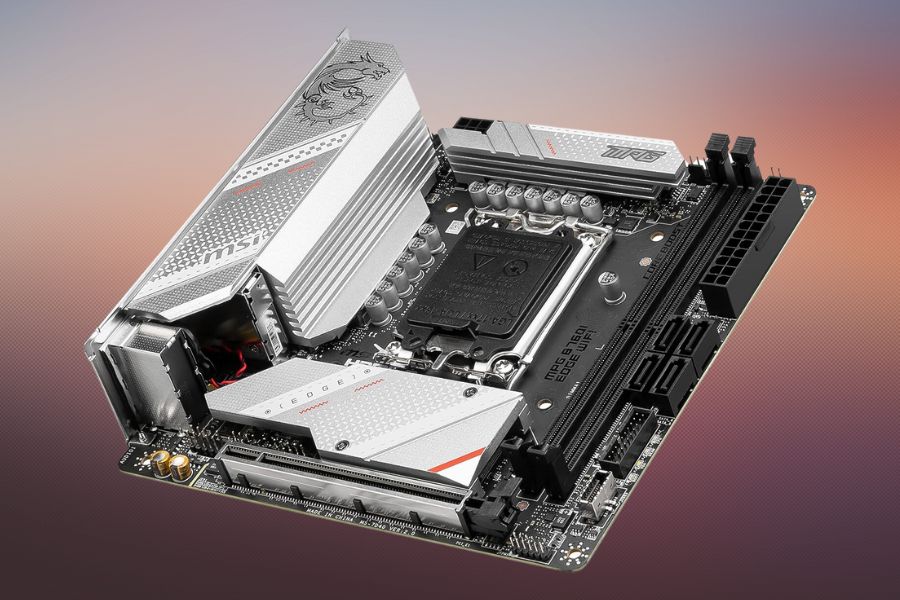
When it comes to USB connectivity, both chipsets are evenly matched, boasting a total of 12 USB ports, including 2 USB 3.2 Gen 2×2 ports (20Gbps), 4 USB 3.2 Gen 2×1 ports (10Gbps), and 6 USB 3.2 Gen 1×1 ports (5Gbps). This robust USB support enables high-speed data transfer and connectivity for various peripherals.
Additionally, both chipsets support RAID configurations with SATA drives, facilitating data redundancy and performance optimization for storage solutions. They each feature 4 SATA 6.0GB/s ports for this purpose.
Where the B660 and B760 differ slightly is in their PCI Express lane distribution, with the B660 offering more PCIe 3.0 lanes (8 lanes vs. 4 lanes) while maintaining an equal number of PCIe 4.0 lanes (10 lanes). This may provide some flexibility in connecting additional devices.
In essence, the B660 and B760 chipsets offer similar performance capabilities, with only minor variations in PCIe lane distribution. The choice between them should primarily hinge on the specific Intel processor generation you intend to use and any unique requirements you may have for PCIe 3.0 lanes.
Processor Compatibility
The B660 chipset is designed to be versatile, accommodating both 12th and 13th Gen Intel processors. It readily supports 12th Gen Intel Core i5, i7, and i9 CPUs right out of the box. However, if you plan to use a 13th Gen processor with a B660 motherboard, you may need to update the motherboard’s BIOS to ensure compatibility. This flexibility can be advantageous if you have an existing 12th Gen CPU and plan to upgrade to a 13th Gen processor in the future.
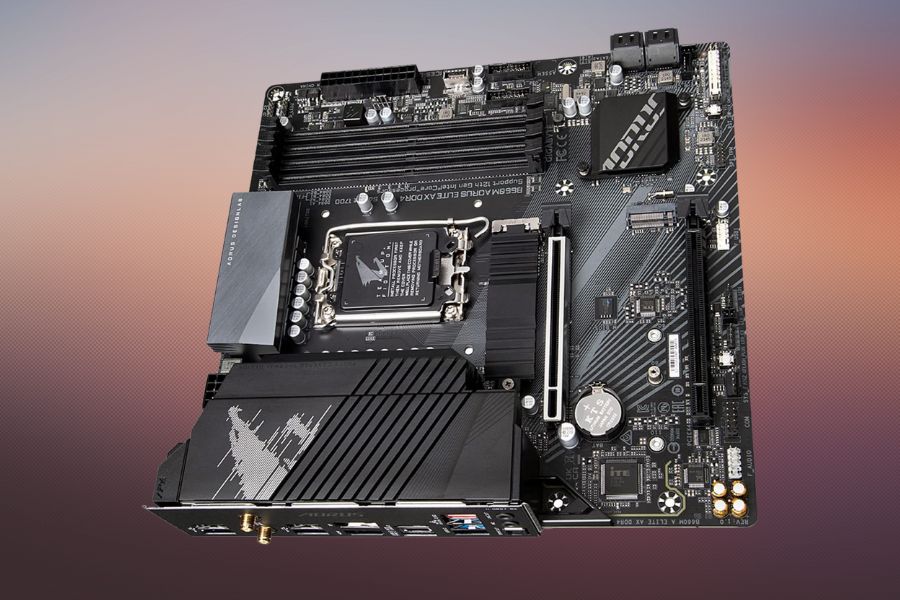
Conversely, the B760 chipset is more specialized, intended exclusively for 13th Gen Intel processors. It does not offer compatibility with 12th Gen CPUs. If you have a 13th Gen Intel Core i5, i7, or i9 processor in mind for your build, the B760 chipset is a straightforward choice, eliminating the need for BIOS updates or concerns about compatibility.
Your choice between the B660 and B760 should align with your specific CPU requirements. If you desire the flexibility to use both 12th and 13th Gen Intel processors, the B660 is a viable option with the potential for a BIOS update. However, if you are certain that you will be using a 13th Gen CPU, the B760 chipset is purpose-built for this generation and ensures seamless compatibility. Consider your long-term processor plans and compatibility needs when making your decision.
PCI Express Lanes
The B660 and B760 chipsets differ notably in their distribution of PCI Express (PCIe) lanes, which play a crucial role in connecting various components in a computer system. The B660 chipset provides a total of 16 PCIe lanes for the CPU, which can be utilized for tasks like connecting graphics cards, NVMe SSDs, or other PCIe devices. Out of these lanes, it allocates 10 lanes to PCIe 4.0 and 6 lanes to PCIe 3.0. This division allows for flexibility in connecting both newer PCIe 4.0 devices and older PCIe 3.0 components.
In contrast, the B760 chipset provides the same 16 PCIe lanes for the CPU but divides them differently. It allocates all 16 lanes to PCIe 4.0, with no PCIe 3.0 lanes. This configuration is optimized for the latest generation of PCIe devices, making it well-suited for systems that prioritize cutting-edge hardware.
The key distinction between the two chipsets lies in their support for PCIe 3.0 devices. The B660 chipset offers 6 PCIe 3.0 lanes, making it more accommodating for older hardware or a combination of newer and older components. Meanwhile, the B760 chipset exclusively supports PCIe 4.0 devices, which may limit compatibility with certain older peripherals that rely on PCIe 3.0.
Frequently Asked Questions (FAQs)
Which chipset should I choose if I plan to use a 12th Gen Intel CPU?
If you plan to use a 12th Gen Intel Core i5, i7, or i9 CPU, the B660 chipset is a suitable choice. It supports 12th-generation processors without any issues and can be updated to support 13th-generation CPUs with a BIOS update.
Can I use a 13th Gen Intel CPU with the B660 chipset?
Yes, you can use a 13th Gen Intel CPU with the B660 chipset, but it will require a BIOS update to ensure compatibility.
Which chipset should I choose for future-proofing my system?
If you want more flexibility for future upgrades and compatibility with both 12th and 13th Gen Intel CPUs, the B660 chipset is a better choice. However, if you’re certain about using a 13th Gen CPU and want a motherboard optimized for this generation, the B760 chipset is tailored specifically for that purpose.
Are there any other significant differences between these chipsets?
While the main differences revolve around processor compatibility and PCIe lane distribution, both chipsets offer similar features in terms of USB ports, wireless connectivity, and RAID support. Your choice should primarily depend on your CPU requirements and long-term upgrade plans.
The Conclusion
In conclusion, the choice between the B660 and B760 chipsets largely depends on your specific needs, processor compatibility, and future upgrade plans. The B660 chipset offers versatility, accommodating both 12th and 13th Gen Intel processors. This flexibility can be a significant advantage if you currently have a 12th Gen CPU and plan to upgrade to a 13th Gen CPU in the future. It provides compatibility with a broader range of processors with a simple BIOS update.
On the other hand, the B760 chipset is purpose-built for 13th Gen Intel processors and does not support 12th Gen CPUs. If you are certain about using a 13th-generation CPU and desire a motherboard optimized for the latest generation of processors, the B760 chipset offers a straightforward solution without the need for BIOS updates.
Both chipsets offer ample USB connectivity options, including high-speed ports, RAID support for SATA drives, and similar wireless capabilities. They also provide a substantial number of PCIe lanes, with slight differences in distribution. The B660 chipset allocates some lanes to PCIe 3.0, offering flexibility for connecting older devices, while the B760 chipset focuses exclusively on PCIe 4.0 lanes for the latest hardware.
Ultimately, your choice should align with your current processor and future upgrade plans. If you have a 12th Gen CPU and anticipate transitioning to a 13th Gen CPU, the B660 chipset’s flexibility is advantageous. However, if you are dedicated to using a 13th Gen CPU and want a motherboard optimized for it, the B760 chipset is the more specialized and straightforward choice.



